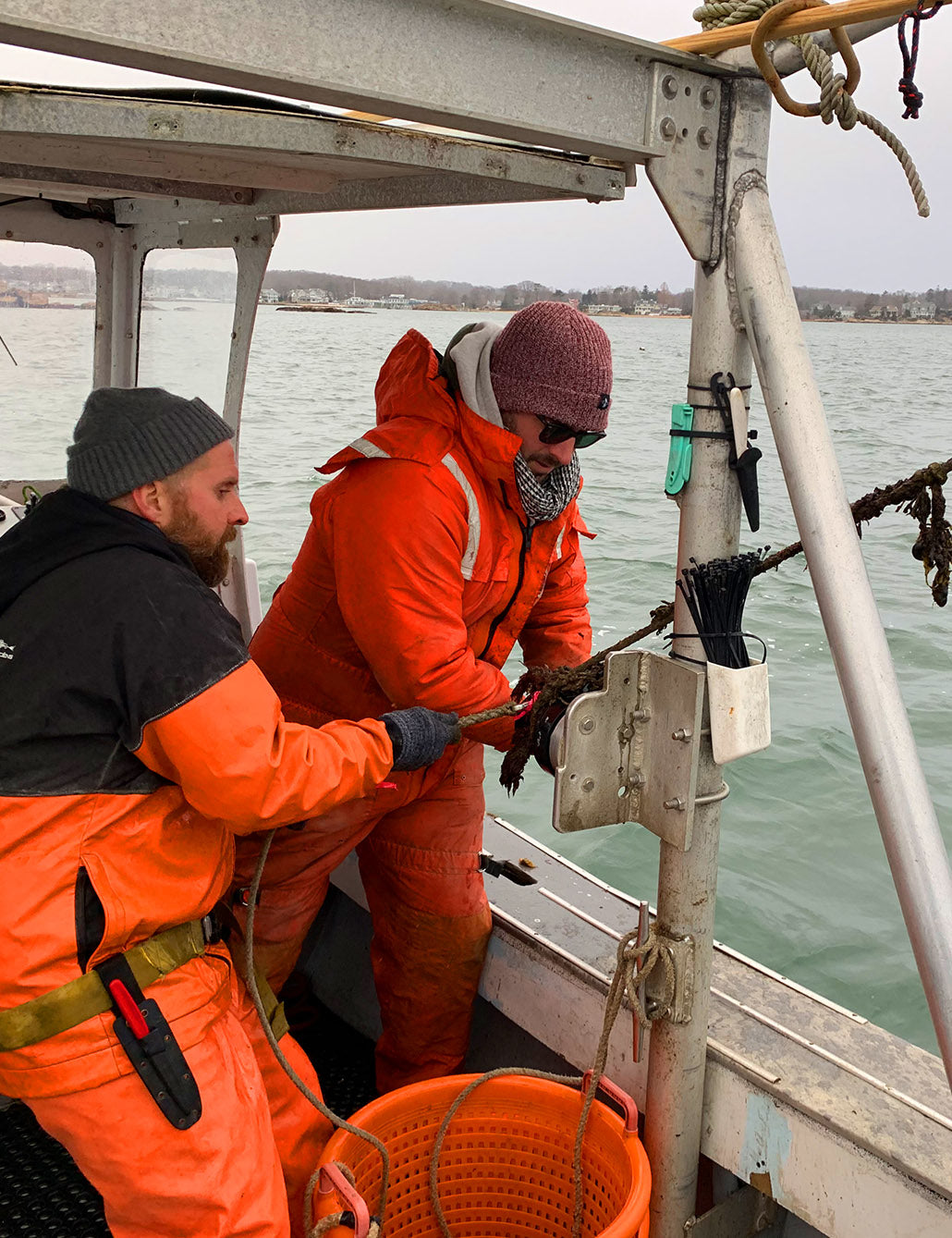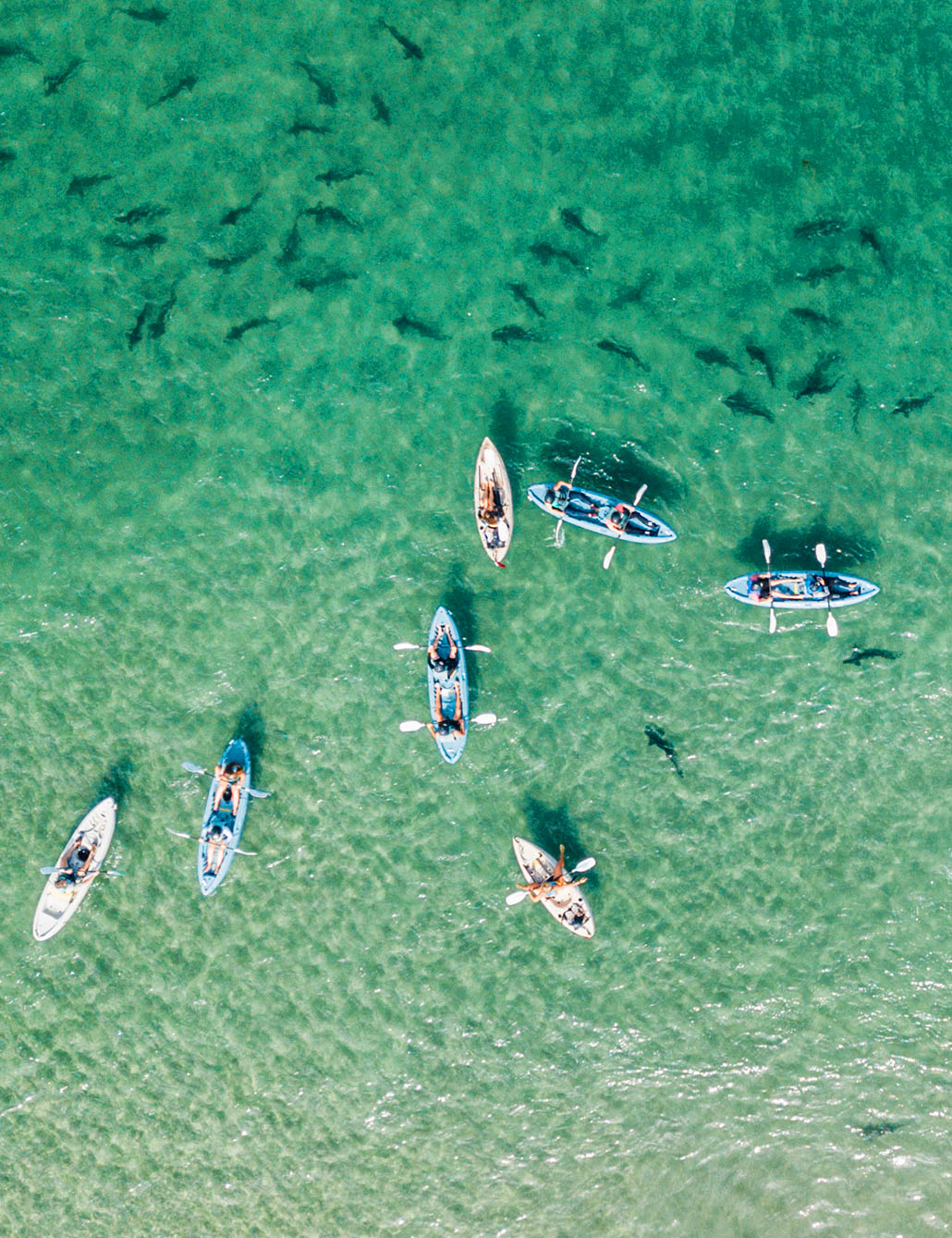By Christopher Lynch I Co-Founder
The La Jolla Beaches in and around La Jolla Cove are beautiful, but as always, never underestimate the ocean. Especially if you’re going to swim over and explore the sea caves, it’s important to be aware of the most common ocean danger: Rip Currents.
Summer is upon us, which means hot sunny days, warmer water and people swarming the beaches to play in the sand and in the surf. While the beach is a wonderful place to have a great time, it’s good to remember that the ocean is the most powerful force on our planet and to be mindful of potential dangers. Rip currents are a hazard responsible for hundreds of drownings and more than 100,000 lifeguard rescues each year.

What is a rip current?
A rip current is a powerful, fast-moving channel of water flowing outward from the beach through the surf zone. Most rips are in water from knee deep to chest high. Rip currents can be hard to identify for the average beach-goer and are very dangerous for the inexperienced swimmer. Rip currents move faster than an Olympic swimmer and many panicked swimmers caught in the pull of rip tire themselves out as they try to swim straight to the shore.

Researchers put green dye at the edge of the shore to see a rip current clearly
How to identify a rip current
Rip currents often occur on ideal days of weather driven by offshore swells generated by a distant tropical storm. While hard to identify, some things to look for include:
- Choppy water flowing away from the shore
- Darker swaths of water or churned up sandy colored water
- A break in the oncoming wave pattern giving an area a deceptively calm appearance
- Debris and seaweed flowing seaward.
Lifeguards are always on the lookout for rip currents and will help keep swimmers and waders away from them, but rip currents can form quickly in the ever-changing conditions of the ocean.

The brown channels of water are a clear sign of a rip current
How to escape from a rip current
The California Department of Parks and Recreation offers these tips for swimmers who find themselves in a rip current:
- If caught in a rip current, remain calm to conserve energy and think clearly.
- Don’t fight the current. Swim out of the current in a direction following the shoreline. When out of the current, swim towards shore.
- If you are unable to swim out of the rip current, float or calmly tread water. When out of the current, swim towards shore.
- If you are still unable to reach shore, draw attention to yourself: face the shore, wave your arms, and yell for help.

The main takeaway is that you should never try to swim against a rip current. Even the fastest swimmers in the world will not be able to fight against a strong rip. When you're still in the current, always swim parallel to the shore instead of straight towards it.

How to save someone from a rip current
Alert the lifeguards or call 9-1-1. You should never try to swim out to a person and pull them out of the water on your own. A panicking person is likely to grab onto you and pull you down, drowning both of you. This is why lifeguards always carry a floatation device for victims to hold.
While you wait for help, shout instructions on how to escape a rip current, and throw them something that floats if you are able.
How to minimize the risk of rip currents
Never swim alone. There should always be someone around to call for help and to help keep an eye out for dangerous conditions.
Swim in an area with lifeguards. Most of the major beaches in San Diego have permanent lifeguard stations which are staffed year-round. If you're swimming without a floatation device (vest, surfboard, boogie board, etc.), it's always safest to stay as close to the lifeguard towers as possible.
Talk to the lifeguards. They are experts on the local ocean conditions, and will be able to warn you of any hazards. When you arrive at the beach, taking a couple of minutes to chat with a lifeguard is always a good idea.
Don't go outside your comfort zone. The ocean is the worst place to test your limits. If there's ever a little voice in your head telling you that the ocean doesn't look safe, listen to that voice! Remember, when in doubt, don't go out!

Can you spot the rip current? Inexperienced beachgoers might wrongly think that the calm area without breaking waves is the best place to swim. Hopefully you've recognized it as the most dangerous spot on the beach!
Remember, rip currents are dangerous, but they're also avoidable and escapable. Keep calm, swim parallel, and have a great summer!








